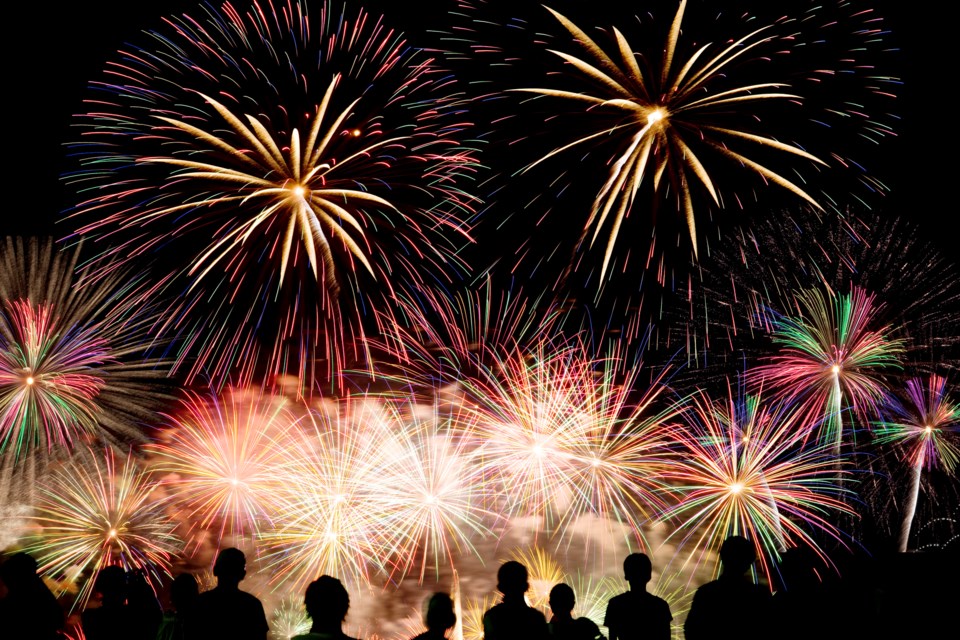It's hard to imagine there's a person in America who doesn't have at least a few childhood memories associated with fireworks.
Thunderously loud, dazzlingly bright, and of course, that grand finale that never seems to end—fireworks are a nearly universal symbol of celebration across the world.
They explode when wars are won, during holidays, and even when Disneyland closes down for the night. Millions of people line up to see them, and millions of dollars are spent buying them.
Those consumers, however, should keep in mind that fireworks make celebrations better only when they're handled safely—nothing kills a party faster than a trip to the emergency room for injuries involving exploding projectiles.
Powerful and potentially very dangerous, fireworks are nothing to trifle with. Statistics show that thousands of Americans, many of whom are children, are injured each year by preventable accidents with fireworks.
When they are done right, however, today's best fireworks shows are truly marvellous displays of science, imagination, pageantry, and, of course, history—a very long history, at that. They trace their roots back to well before July 4, 1776. The story of fireworks starts thousands of years ago and involves dramatic changes in military conquest, spirituality, and good old-fashioned fun.
From a handful of bottle rockets whizzing up and popping over the neighbour's yard to highly coordinated televised events that light up entire major cities, summer is fireworks season.
Here's a look at how it all started, how it evolved, the numbers behind the industry, and the realities of how high the stakes are when you decide to run your own pyrotechnics show.
Keep reading for a peek into the 2,000-year journey of the greatest party novelty in the history of the world.

djNiv // Flickr
The first fireworks weren't really fireworks
The original fireworks were actually just sticks of bamboo, according to the Smithsonian Science Education Center. More than 2,000 years ago, around 200 BC., people in China threw bamboo into fires, which would make the hollow rods explode when air trapped in pockets inside would burst after being heated.

Public Domain // Wikimedia Commons
Real fireworks emerged in China between the 7th and 10th centuries
The planet got a whole lot noisier somewhere between AD 600 and 900, according to the American Pyrotechnics Association (APA). During that period, alchemists in China developed what would become black powder by mixing charcoal with potassium nitrate and sulphur. The accidental discovery was the precursor to modern gunpowder and the ingredient that makes fireworks go boom.
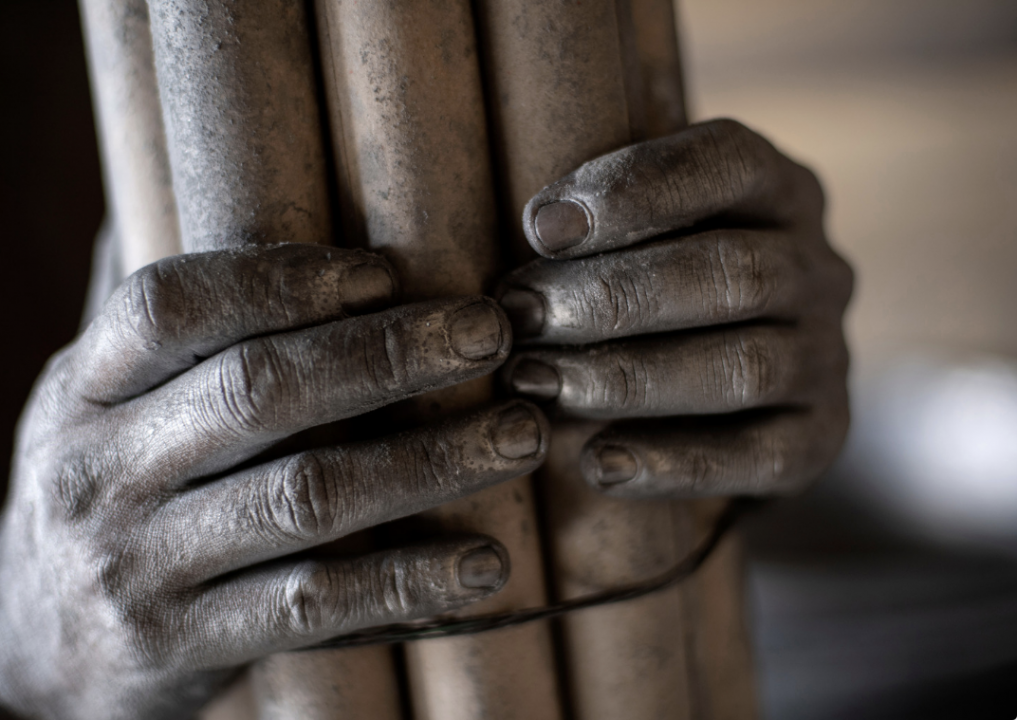
Noel Celis // Getty Images
The original fireworks shows were pretty lousy
Although powder-fuelled fireworks were now officially pyrotechnic events, they would likely not have satisfied the modern reveller. The Chinese didn't add colors and they had not yet developed projectile explosives, so fireworks shows didn't light up the sky—or anything, really. They simply tossed the mixture encased in bamboo or paper into fires, where it ignited and made a series of pops, like modern firecracker strings.
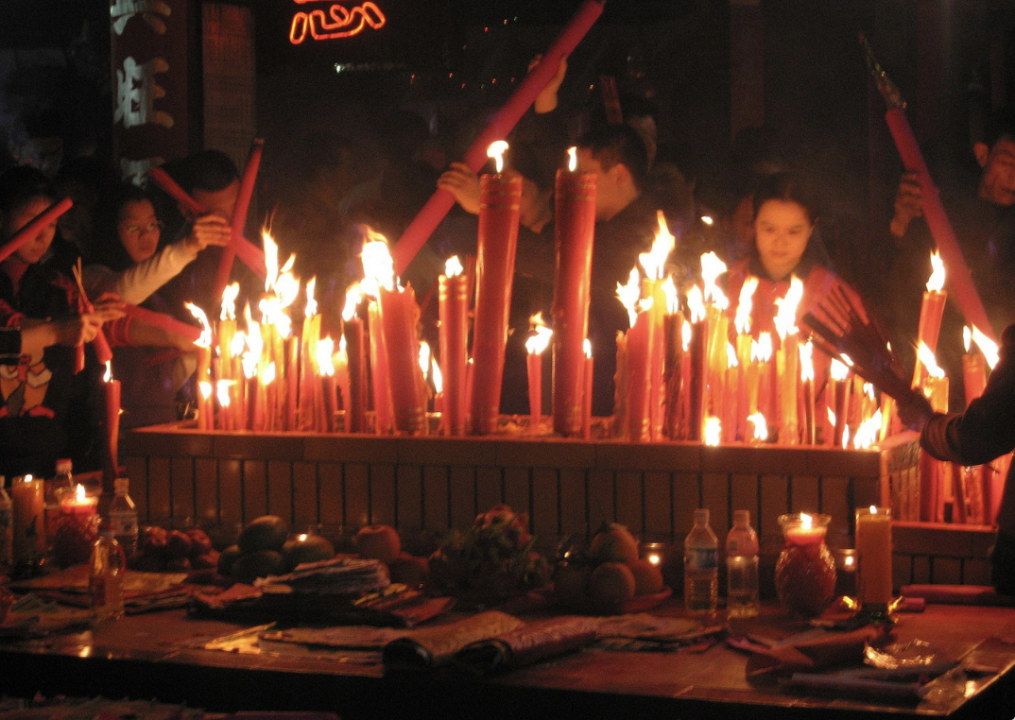
Andre Engels // Wikimedia Commons
The Chinese used fireworks in spiritual ceremonies
The Chinese originally used black powder fireworks not for entertainment, but for use in spiritual ceremonies. This was similar to their ancient predecessors, who used their air-filled bamboo fireworks to ward off evil spirits centuries before.
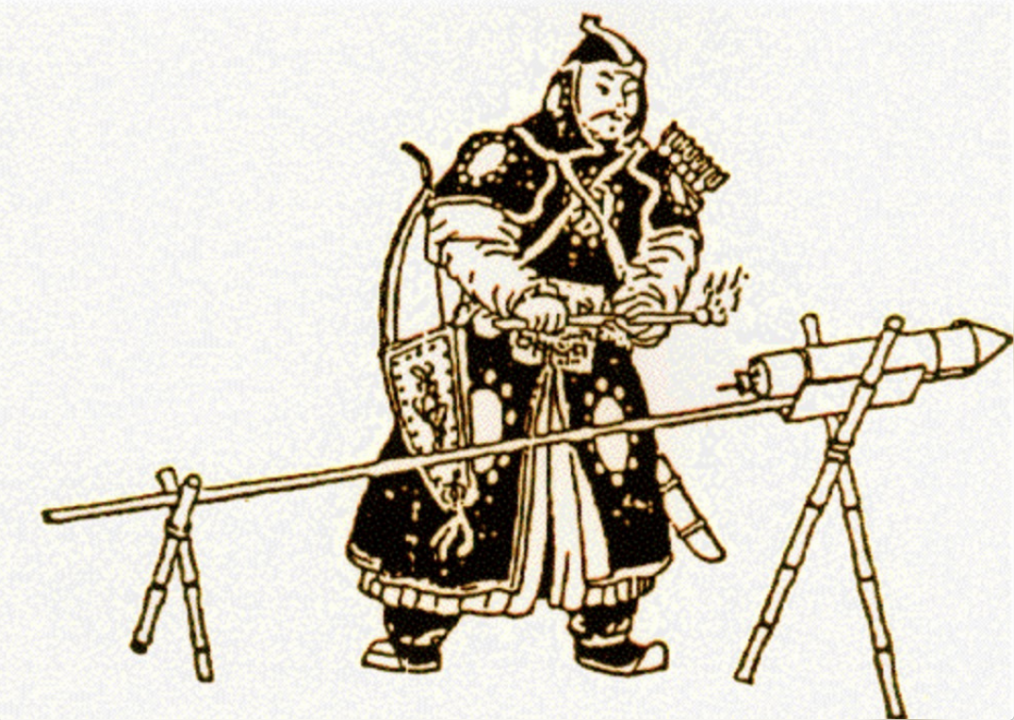
NASA // Wikimedia Commons
Aerial fireworks have military roots
It wasn't long before the concept of controlled explosions caught the eye of military tacticians, and by the year 1,200, the Chinese had invented rocket cannons. The devices used black powder to blast projectiles at approaching enemies. The deadly technology, however, also made it possible to blast fireworks into the sky—the aerial fireworks show was born.
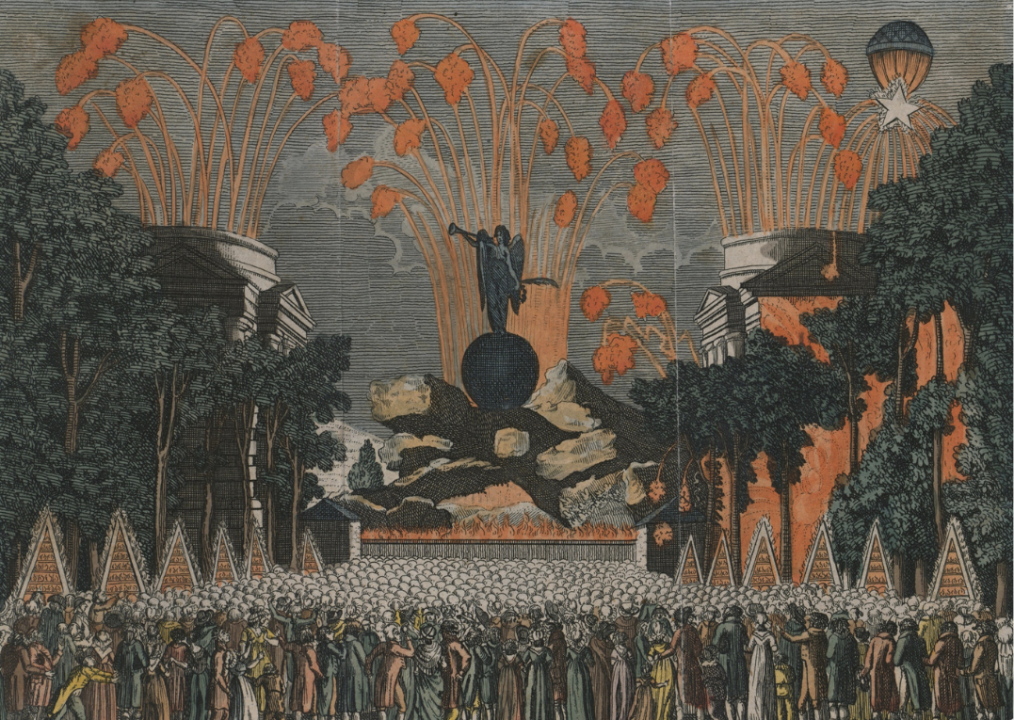
Public Domain // Wikimedia Commons
Europeans adopted fireworks for entertainment
As the new military tech spread west, rocket cannons became artillery cannons and handheld muskets. Europeans adopted not just the weapons, but fireworks, as well. They began expanding the technology into elaborate displays that were held to celebrate religious holidays, military victories, and royal festivities—for the first time in history, fireworks were the life of the party.
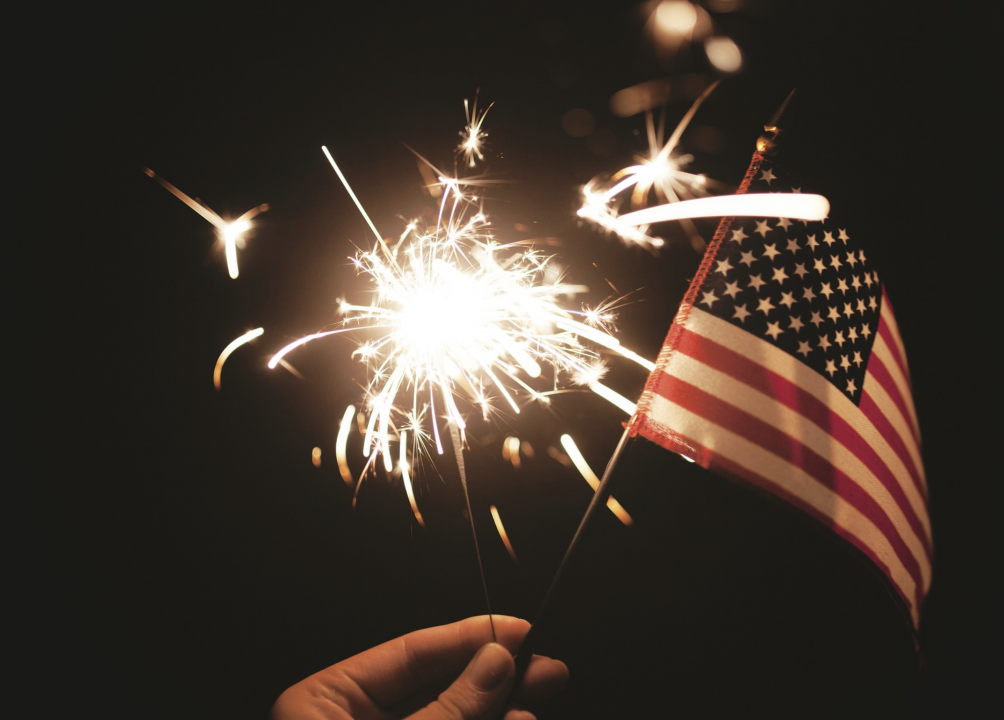
Pixabay
Fireworks have always been part of July 4th since 1776
The Smithsonian printed excerpts of a letter Founding Father and future president John Adams wrote to his wife on July 2, 1776, two days before the signing of the Declaration of Independence. He wrote that he believed a massive celebration was in order and that the festivities should include fireworks, although he called them "illuminations." Adams got his fireworks and they've been closely associated with the holiday ever since.
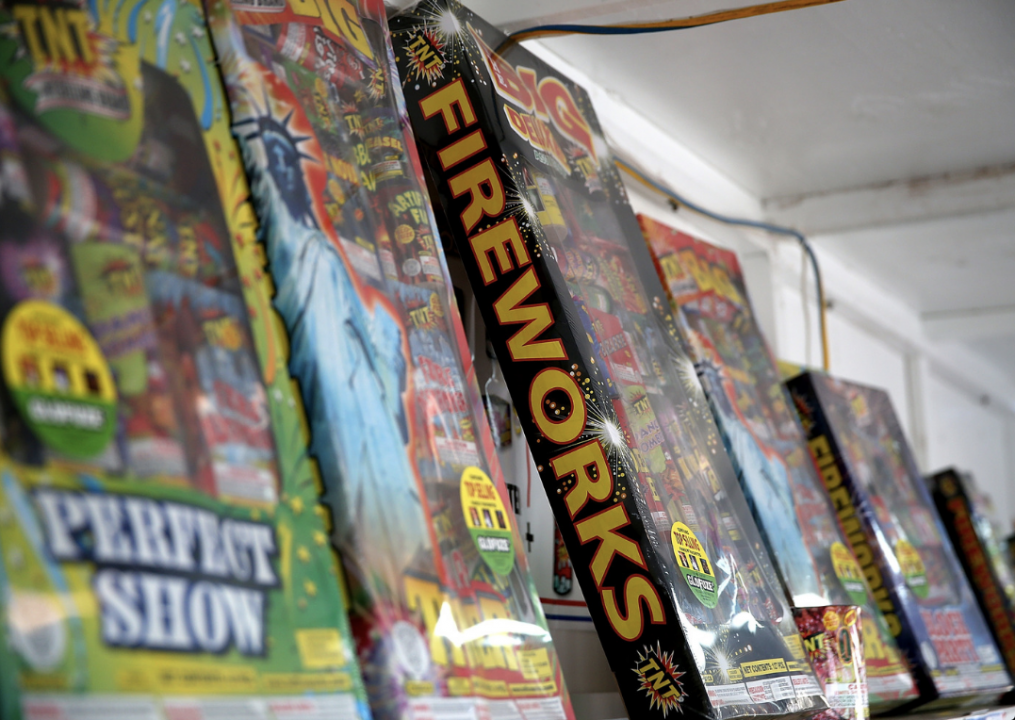
Justin Sullivan // Getty Images
Americans use tons of fireworks—literally
About 18.7 million pounds of display fireworks (small-scale explosives such as bottle rockets, firecrackers, and roman candles) were used in 2020, according to the APA. That, however, is just a drop in the bucket compared to the 385.8 million pounds of consumer fireworks that were used during the same time period. In total, 404.5 million pounds of fireworks were set off in 2020 alone.
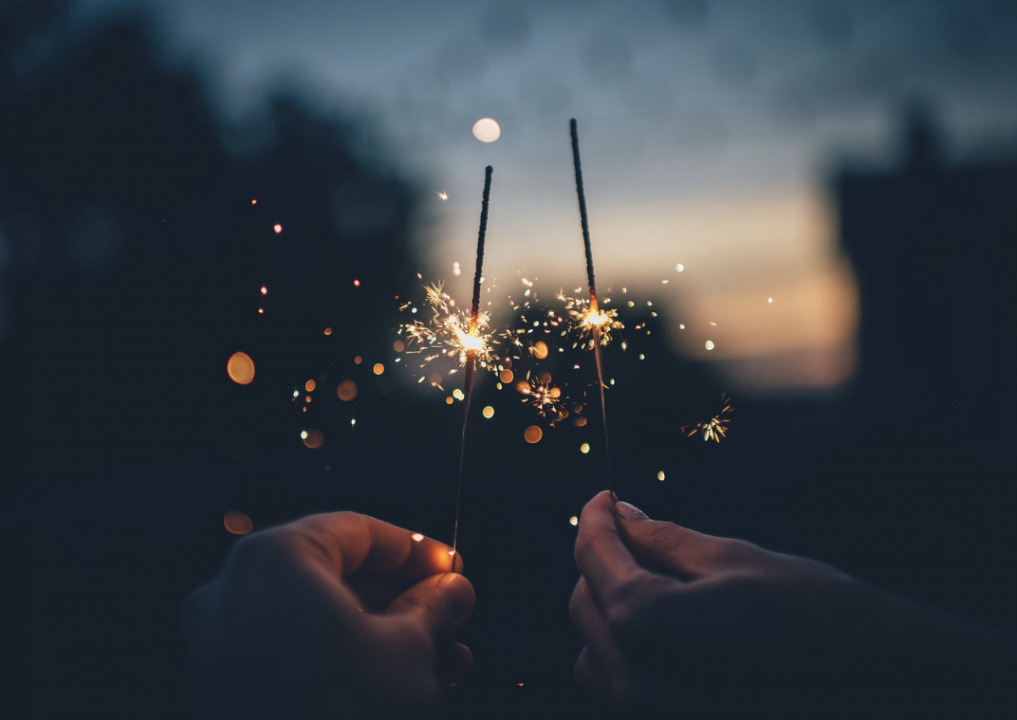
Pixabay
Consumers are using more fireworks as display use declines
The 404.5 million pounds of fireworks consumed in 2020 was more than 1 million greater than the year previously—in the summer of 2020 America was on lockdown, and people took to setting off fireworks earlier and more frequently.
That 404.5 million pounds is approaching triple the 152.2 million pounds consumed in 2000. The use of display fireworks (professional-grade shows involving significantly more explosive material than consumer fireworks) dropped by more than half during that time from 50.6 million pounds in 2000 to 18.7 million pounds in 2020. Consumers, however, went from using just 102 million pounds to 385.8 million pounds in the same span of time.
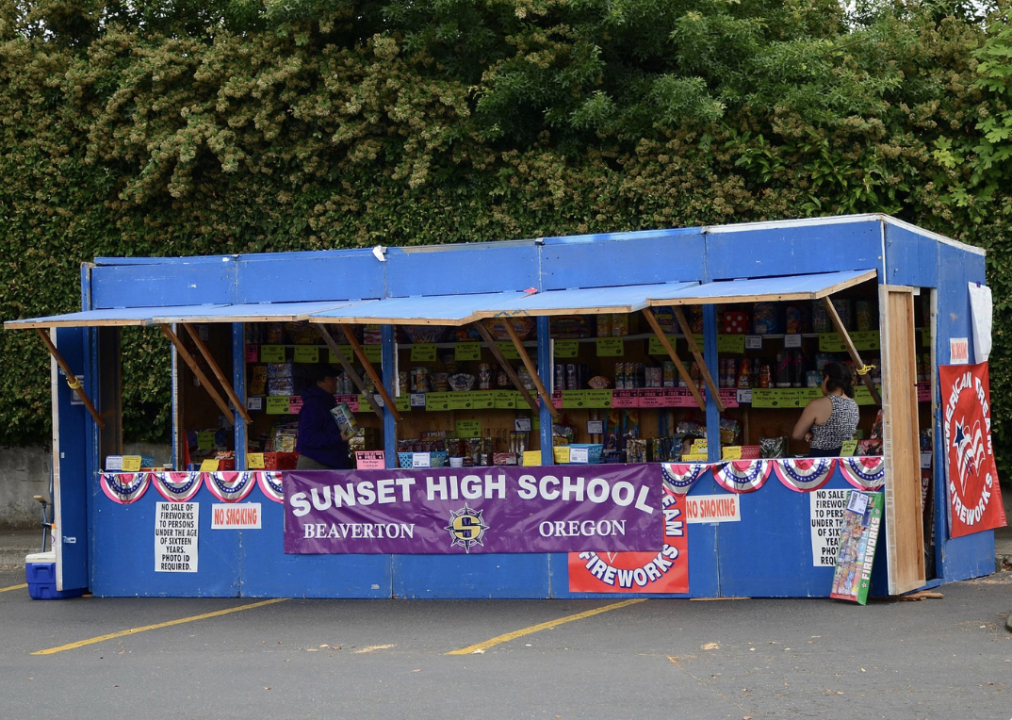
Steve Morgan // Wikimedia Commons
Fireworks are legal in most of America
Every state in America plus Washington, D.C. permits some or all consumer fireworks that are legal at the federal level, according to the APA—all except one. Massachusetts bans all consumer fireworks, while Illinois, Ohio, and Vermont allow only novelty items like sparklers.
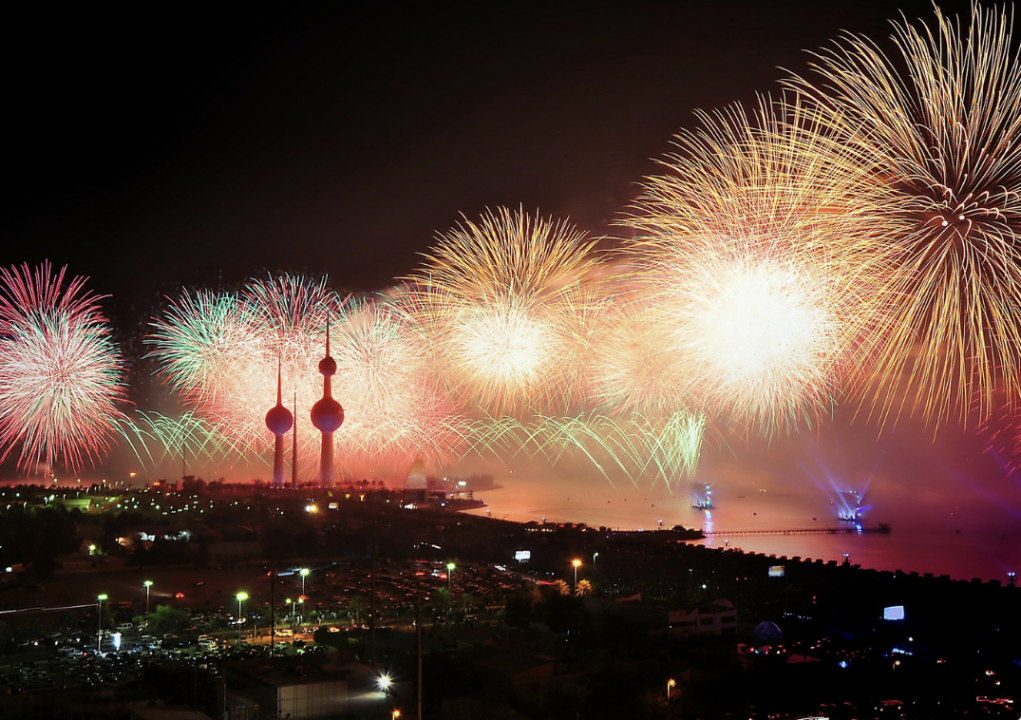
Pixabay
Fireworks are a billion-dollar business
According to the APA, "the U.S. fireworks industry has experienced unprecedented growth during the past decade and a half." In 2000, display and consumer fireworks revenue was $50.6 million and $102 million, respectively. By 2020, those numbers were $18.7 million and $385.8 million. The organization traces the boom back to 9/11 and advances in fireworks technology at the turn of the millennium.
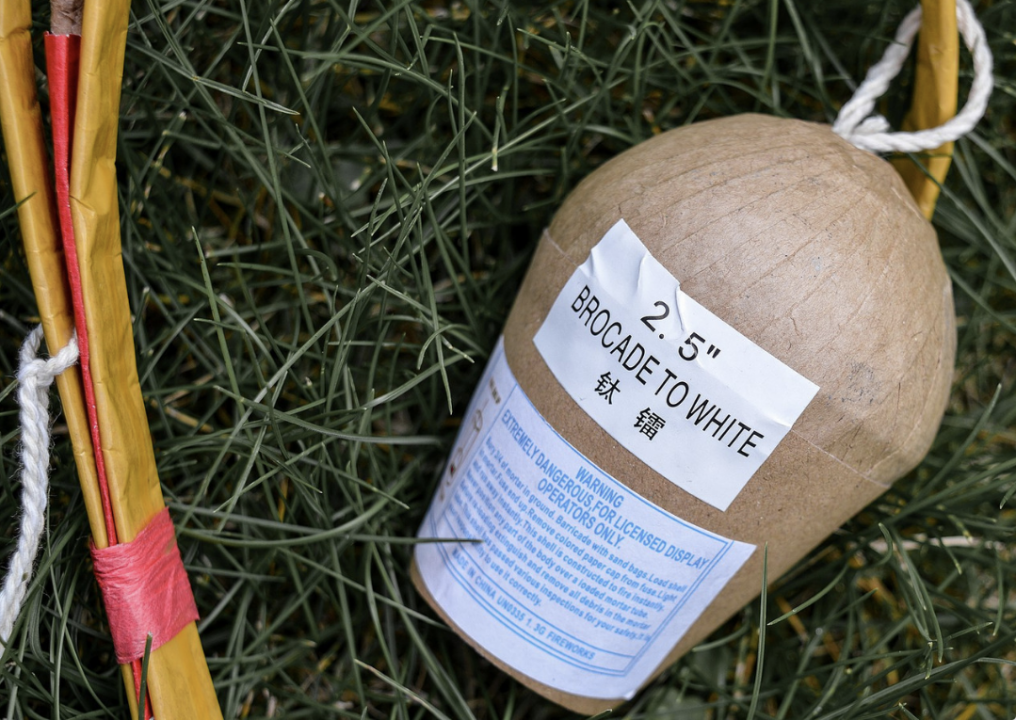
Aron van der Wurff // Wikimedia Commons
An aerial shell contains six parts
The modern aerial fireworks shell is made up of six components. Each shell includes a lead fuse, stars or effects, supplemental burst, bursting charge, internal time fuse, and lifting charge—otherwise known as black powder—which is still made from the same elements originally mixed by the Chinese.
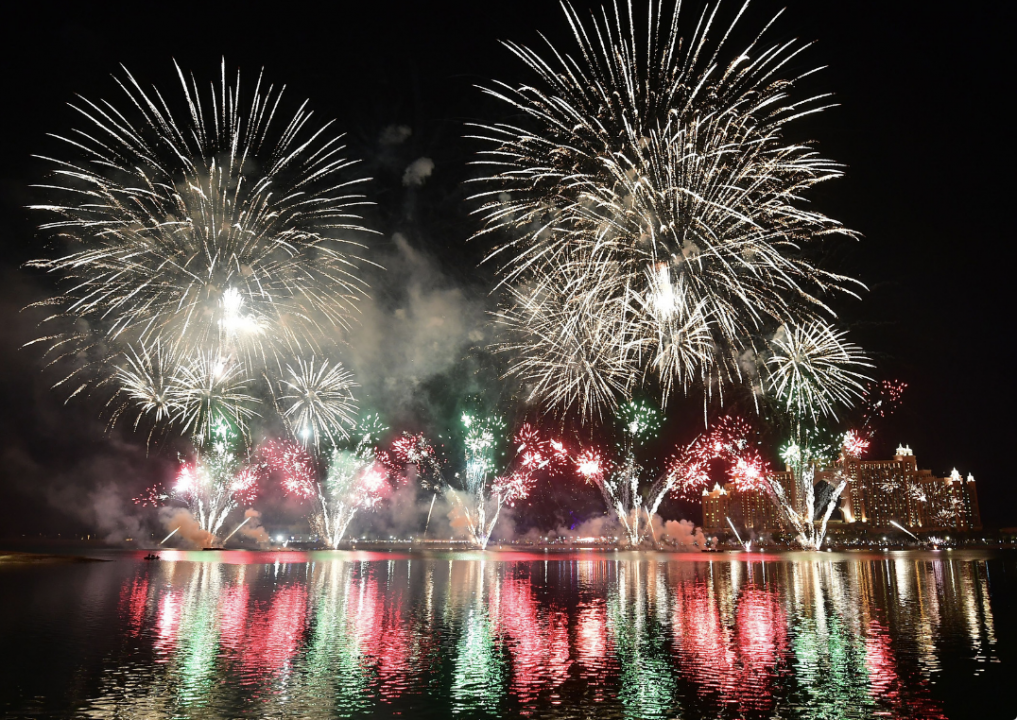
GIUSEPPE CACACE // Getty Images
Two fireworks records were broken in 2019
Al Marjan Island in Ras Al Khaimah in the United Arab Emirates kicked off the start of 2019 with what might just be the greatest fireworks display in human history.
According to Guinness, the show broke two records, one for the longest straight-line fireworks display, which extended for eight miles, and another for the longest chain of fireworks, which consisted of 11,284 shells. In 2020, a group in Steamboat Springs, Colorado, broke a record with a 2,797-pound shell that was deemed the largest in history—it was so huge that a giant mortar was built just to shoot it off.
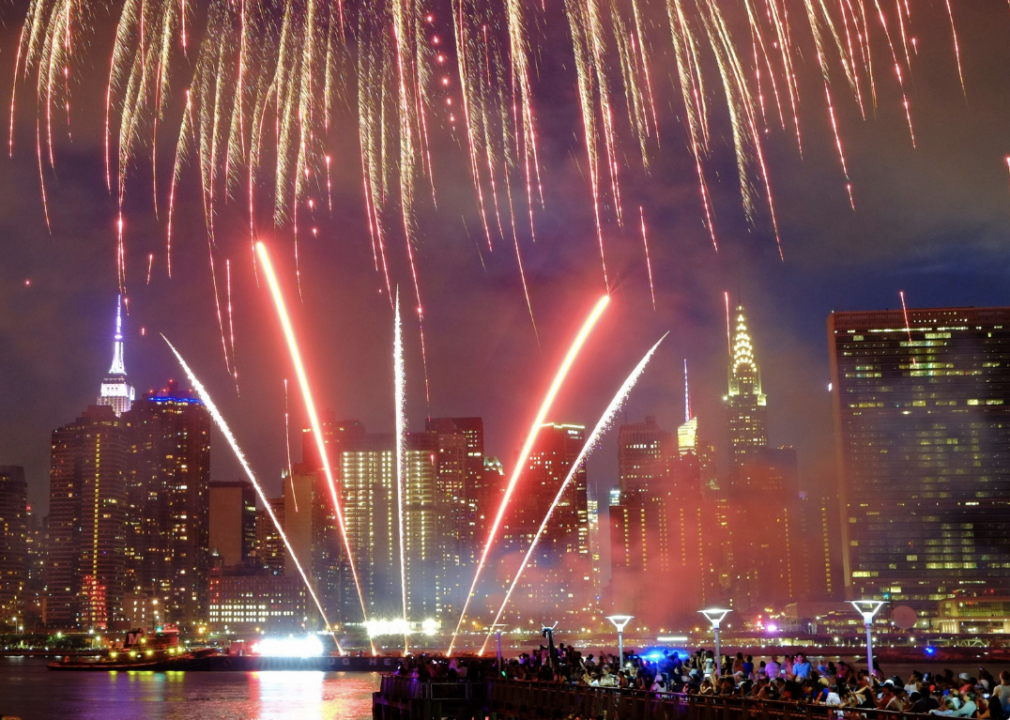
AFP Contributor // Getty Images
New York City hosts America's biggest fireworks display
The Macy's 4th of July fireworks show is the biggest and most famous of its kind in the United States. In 2021, the pyrotechnics launched from the Brooklyn Bridge and a series of barges. The 25-minute show involved more than 65,000 shells, with variations including screaming dragons, silver twisters, howling wolves, and a 1,600-foot waterfall.
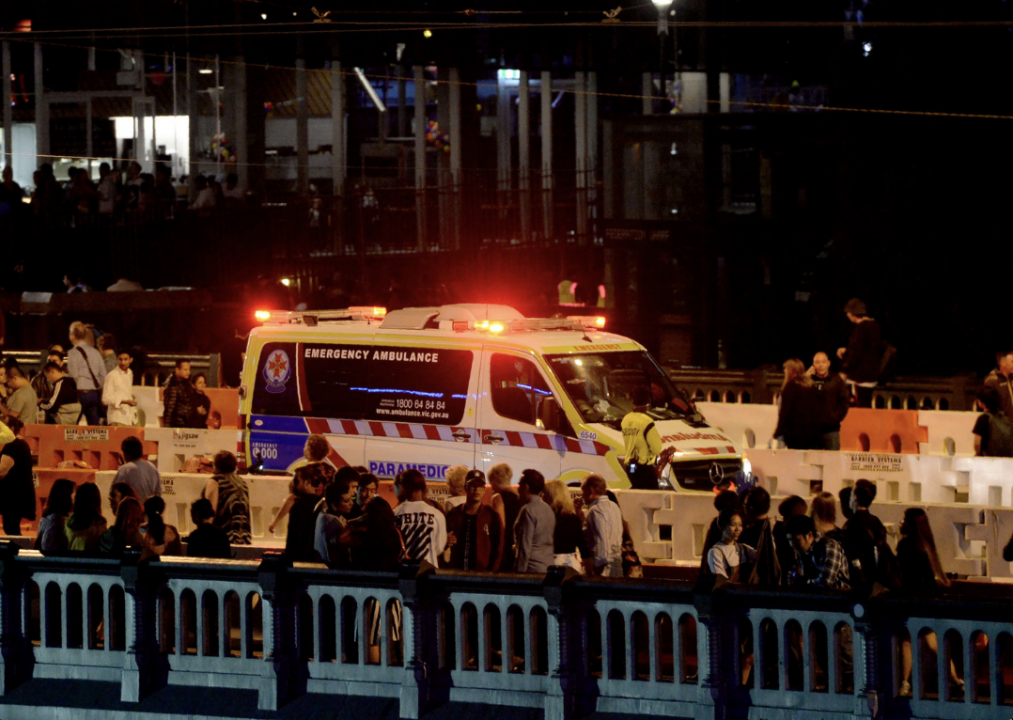
MAL FAIRCLOUGH // Getty Images
Fireworks injure thousands every year
Fireworks are, for what should be obvious reasons, potentially very dangerous devices that explode, burn hot, and travel at high rates of speed. According to the Consumer Product Safety Commission (CPSC), 10,000 people were injured badly enough in fireworks accidents to require emergency treatment in 2019.
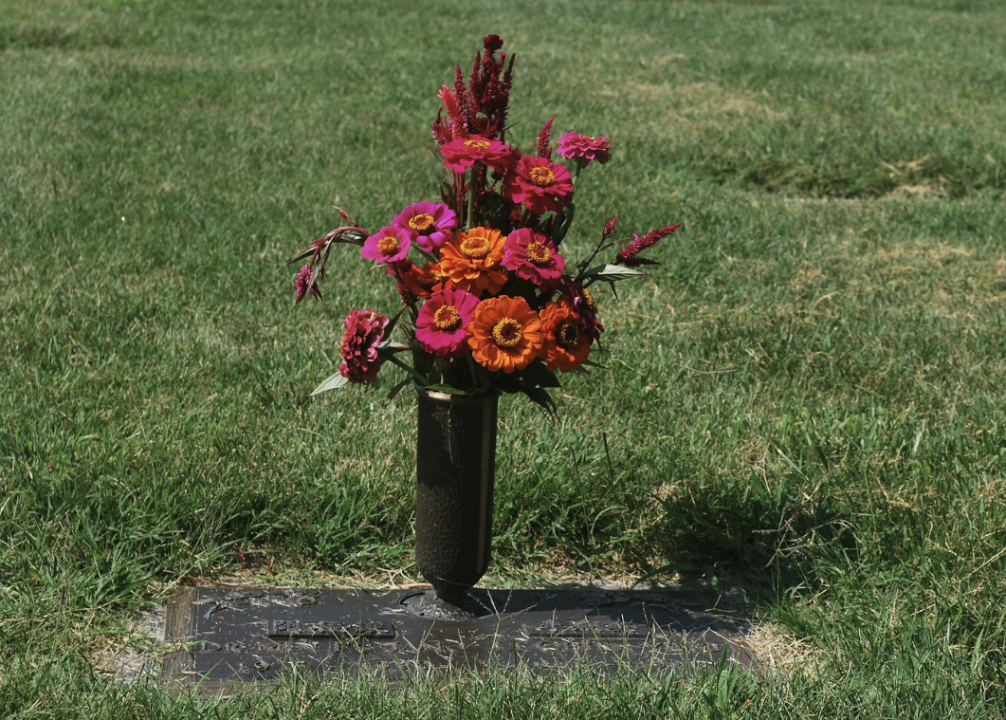
Pixabay
There are even some fatalities
Also in 2019, 12 people died in fireworks-related incidents. Including those 12 deaths, CPSC calculates the average death toll from fireworks to be 7.9 deaths per year. Of the 12 who died the most recent year, seven were killed by "misuse of fireworks," two deaths "were associated with fireworks device malfunction (late ignition)," and three were killed via "unknown circumstances."
The CPSC stresses in its report that the deaths listed is a conservative list and the actual number of people killed by fireworks in 2019 is likely higher.
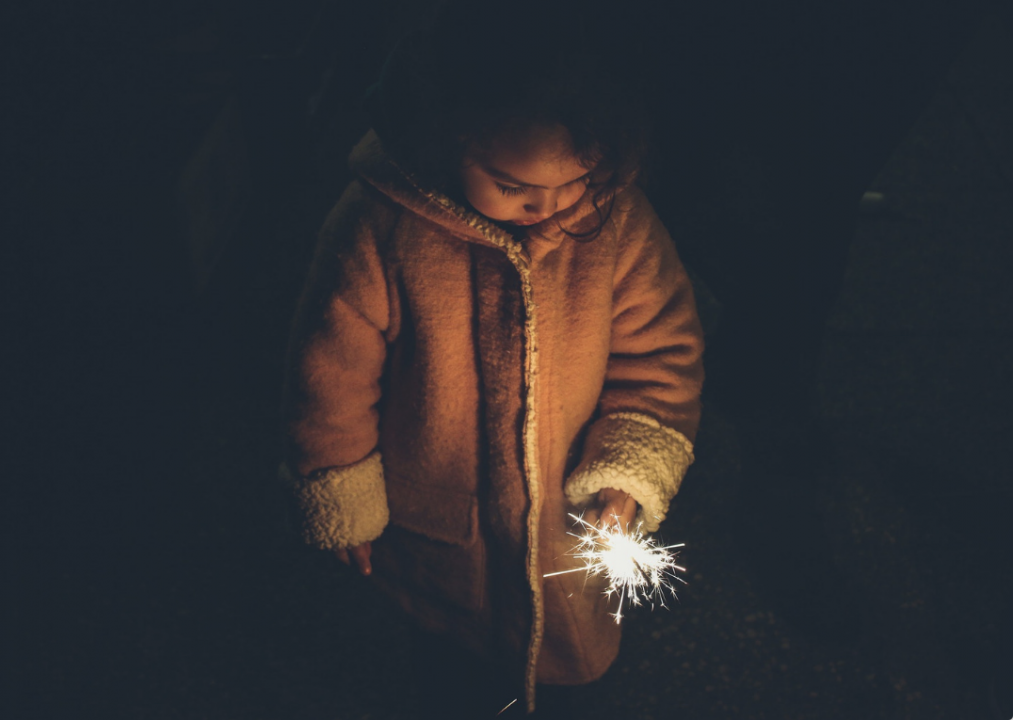
Pixabay
Sparklers are not safe toys for children
Sparklers are often viewed as benign and safe alternatives to fireworks that are okay for kids because they sparkle and glow, but don't explode. According to the National Safety Council, they burn incredibly hot—around 2,000 degrees—hot enough to melt metal. Many children suffer severe burns by dropping sparklers on their feet or after sparklers ignite their clothing with incredible speed.
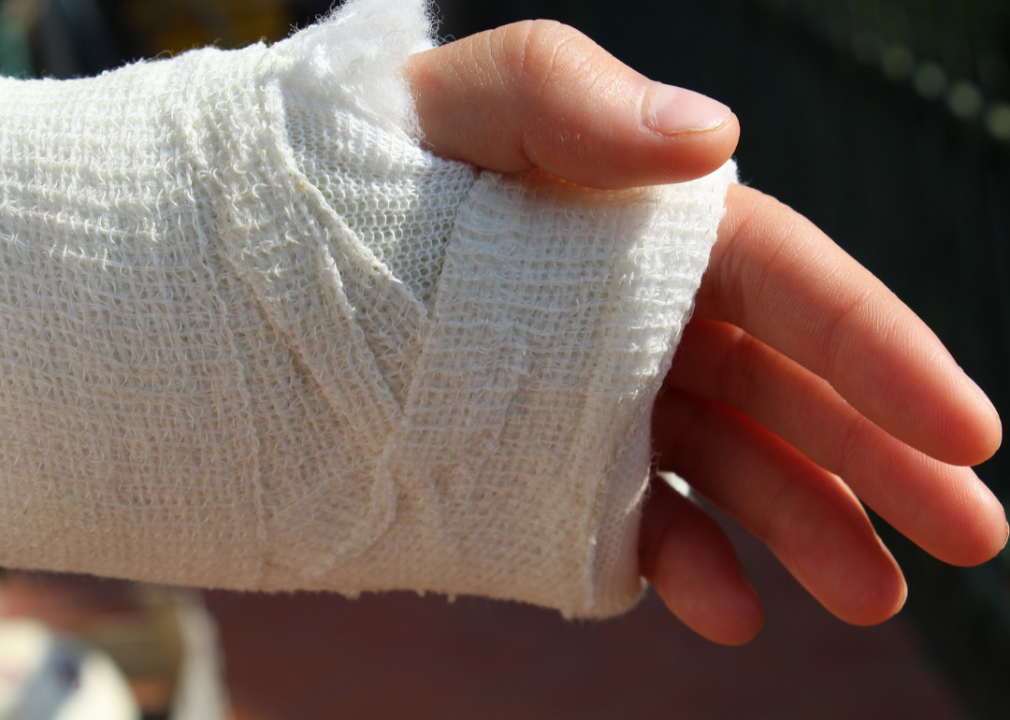
Pixabay
Most injuries are to the extremities
More than half of all fireworks injuries are due to burns, and a huge plurality—nearly one in three—of all fireworks injuries are to the hands and fingers, according to the CPSC. The head, face, ears, and eyes are the next most likely injuries.
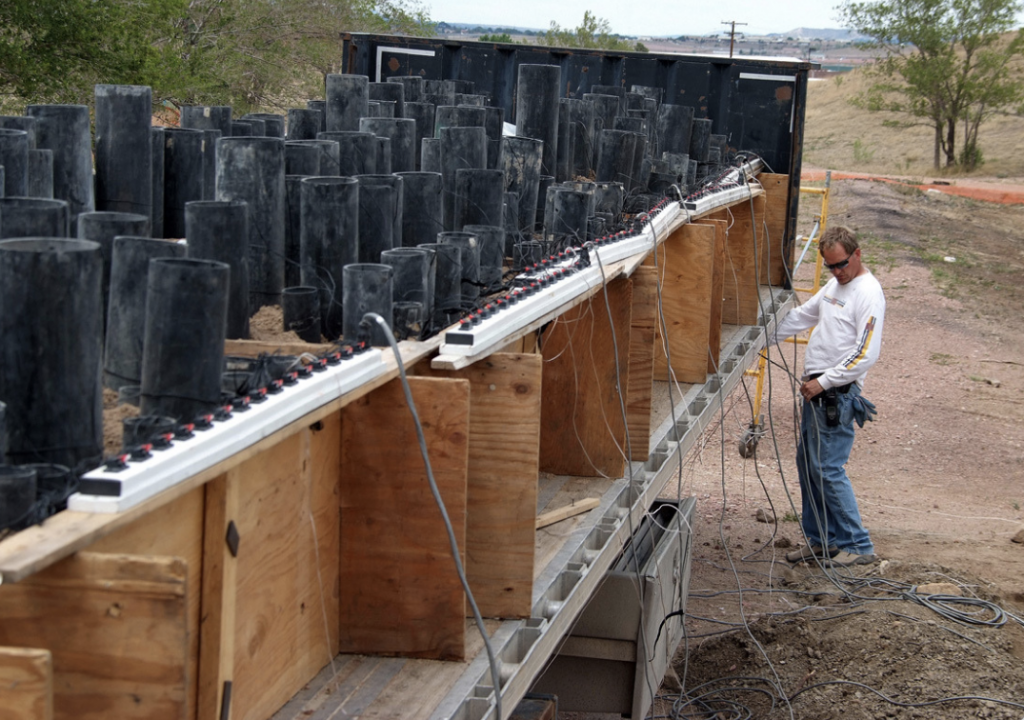
Fort Carson // Flickr
Men suffer most of the injuries
Men account for the majority of fireworks-related injuries. According to the CPSC, injuries are split 66/34 between men and women.
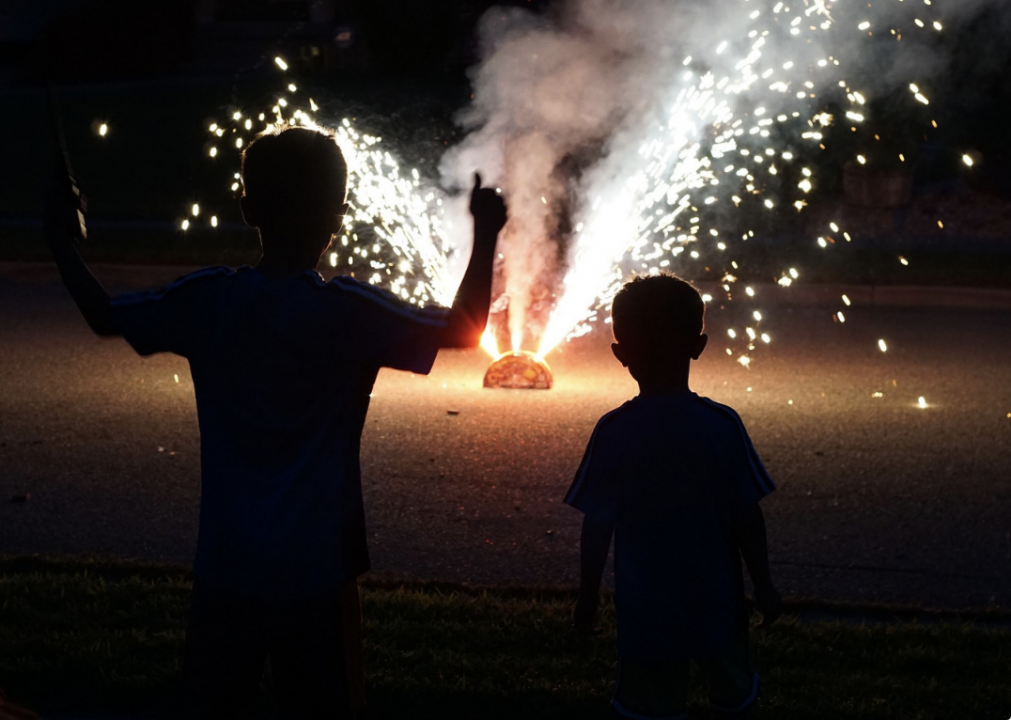
Pixabay
Young people are especially susceptible
People younger than 20 account for half of the fireworks injuries that are serious enough for emergency-room treatment, according to the CPSC. Children under the age of 15 fell into the second-highest risk group, making 36% of emergency-room injuries.
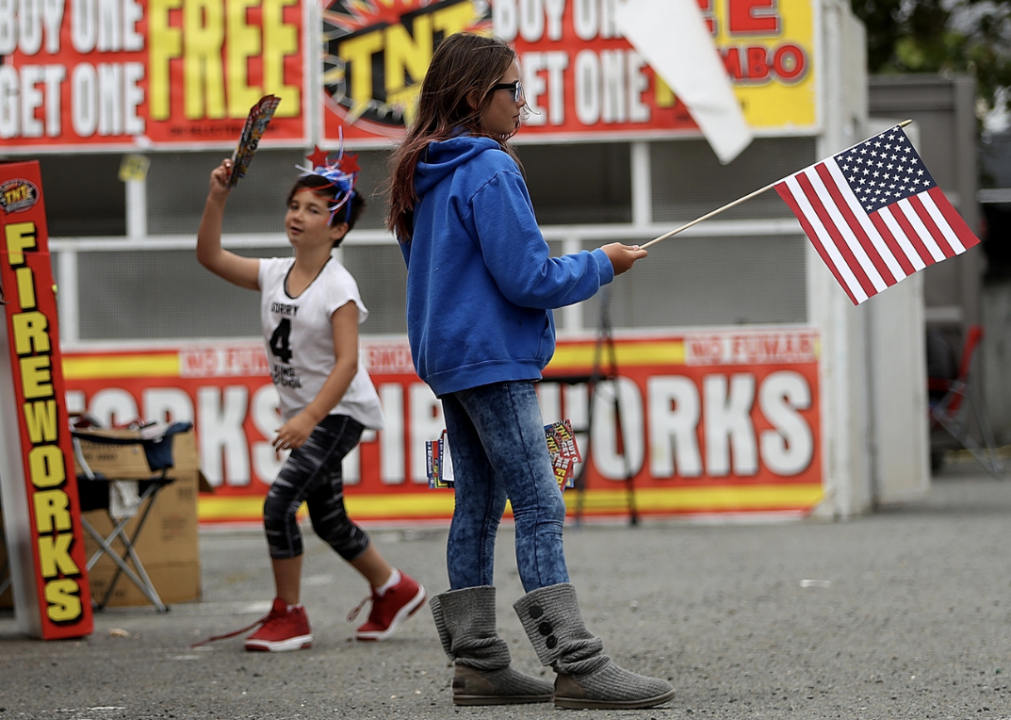
Justin Sullivan // Getty Images
Kids up to four years old are most likely to be injured
At 5.3 injuries per 100,000 people in 2019, children four and younger had the highest rate of firework injuries treated in emergency rooms, according to the CPSC. Teens aged 15 to 19 years of age had the second-highest estimated rate (4.4 injuries per 100,000 people).
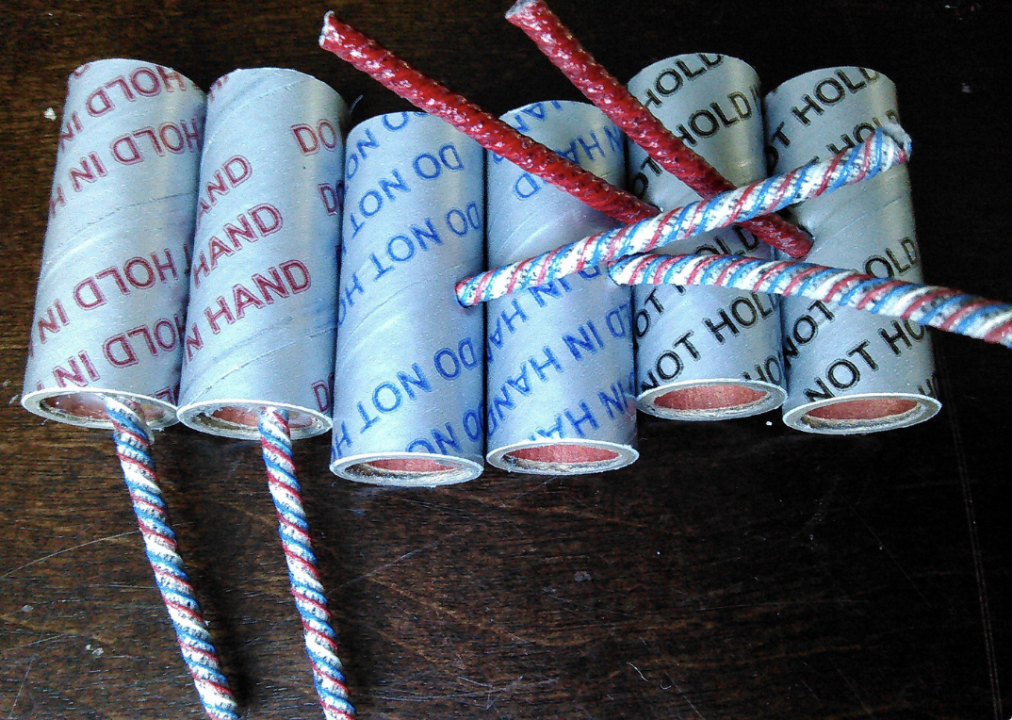
Pyrogrimace // Wikimedia Commons
Cherry bombs and M-80s are illegal, dangerous, and common
Cherry bombs, M-80s, silver salutes, M-250s, and quarter sticks are classified as illegal explosives that are banned by the Bureau of Alcohol, Tobacco, Firearms, and Explosives (ATF).
They are, however, illegally manufactured and distributed en masse every Fourth of July. The ATF states: "The explosive compositions in these devices are typically extremely sensitive to heat, shock, electrostatic discharge and friction that may initiate, unexpectedly causing serious injury or death. The risks associated with these devices are further compounded because the persons manufacturing, transporting and using these devices often do not have the knowledge, skills, and experience required for such activities."
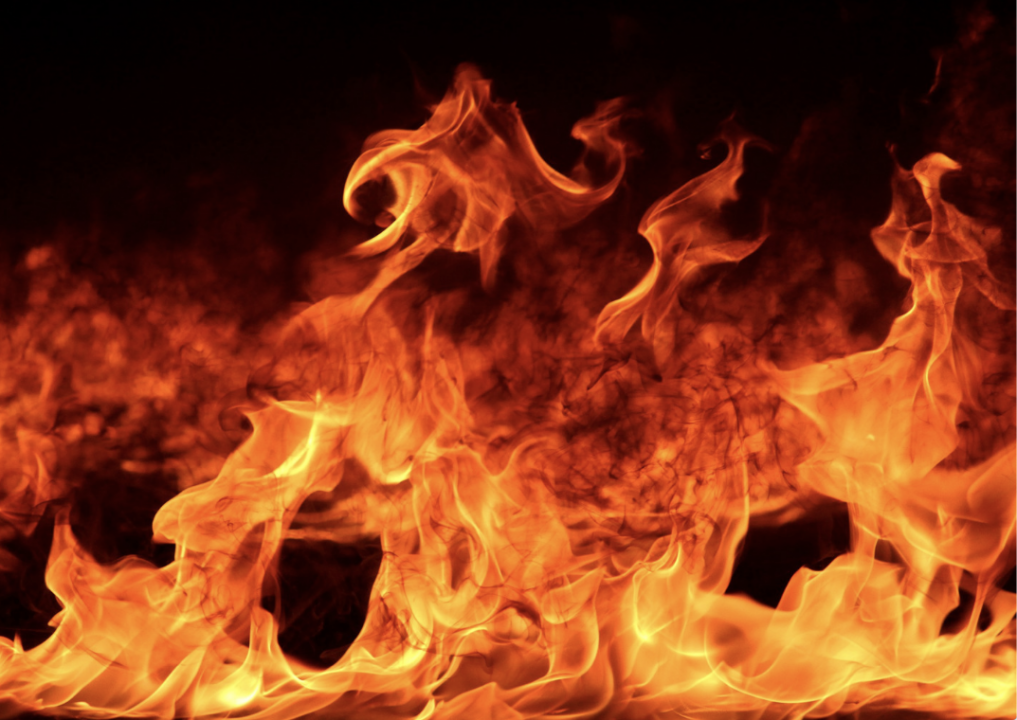
Pixabay
Fireworks start thousands of fires
In 2018, fireworks provided the spark for 19,000 fire, according to the National Fire Protection Association, including 17,100 outside fires, 1,900 structure fires, and 500 vehicle fires. Those fires killed an average of five people, caused 46 civilian injuries, and do $105 million worth of damage. More fires are reported on July 4 than any other day of the year. Given dry conditions and increasingly damaging wildfires, fireworks should not be used in places that can easily ignite.
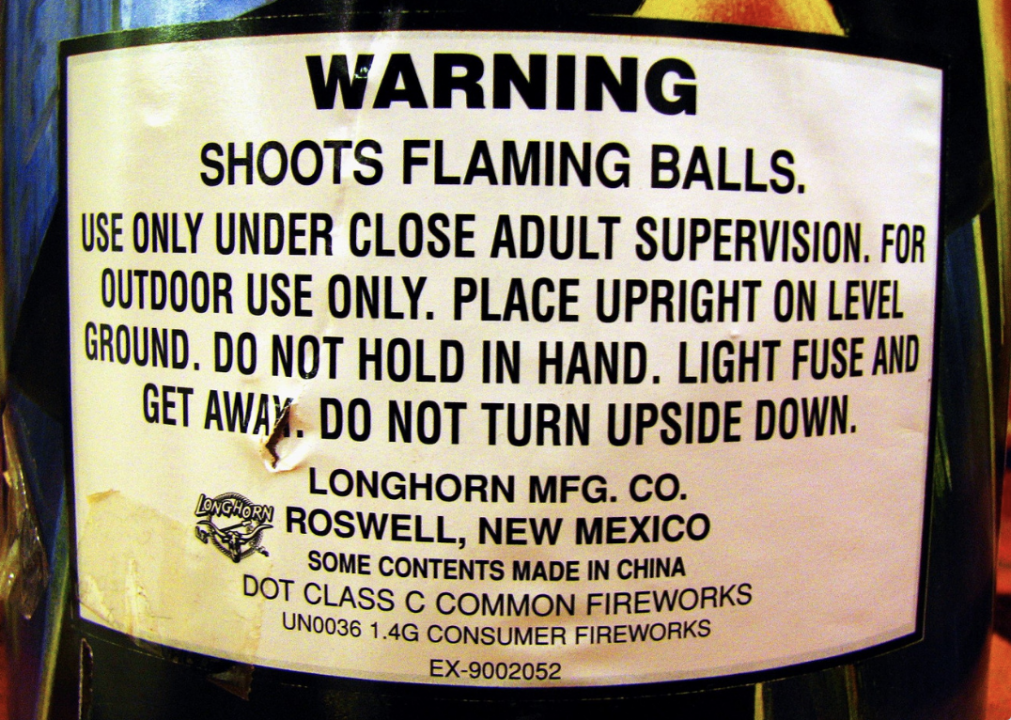
CGP Grey // Wikimedia Commons
Fireworks laws are getting looser
At least nine states have made their laws more permissive since 2000, according to the APA, with many opting to legalize handheld and ground-based sparkling devices. Another eight states liberalized existing laws since 2011.
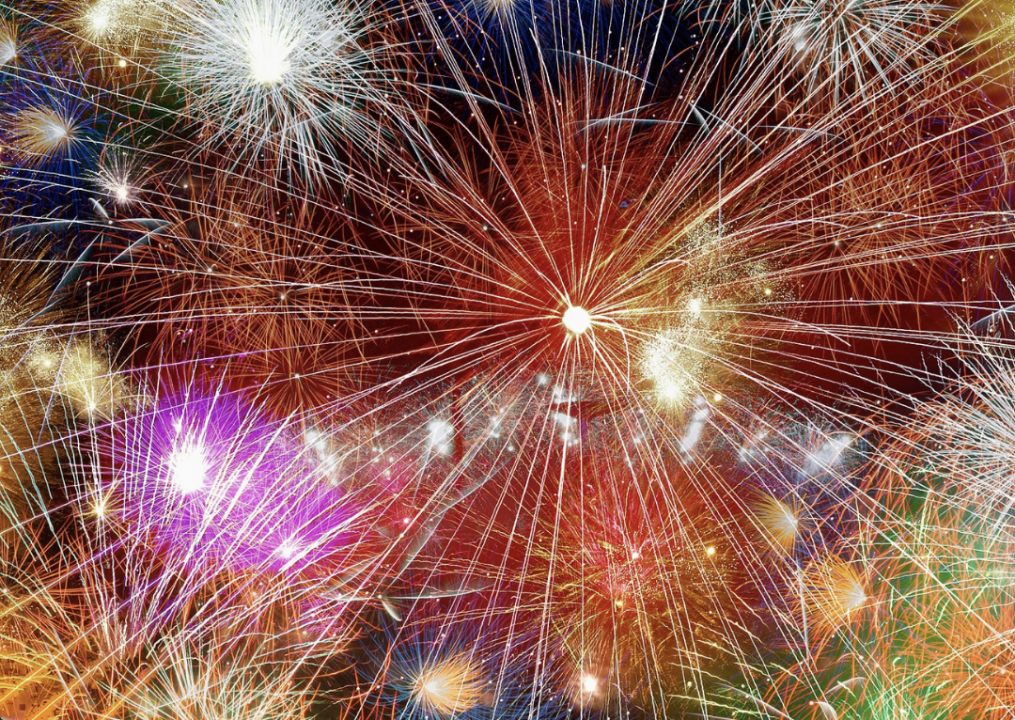
Pixabay
In the big scheme of things, fireworks injuries are fairly rare
Fireworks are black powder explosives and therefore are, of course, dangerous. That said, it is certainly possible to transport, store, and use fireworks in a safe, responsible manner—actually, fireworks account for just 2.4% of all common outdoor summer activities for children between the ages of five and 18. In fact, well over half of all such injuries can be traced to just three activities, none of which involve explosives: swimming, bicycling, and playing in playgrounds.
